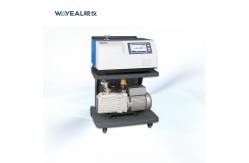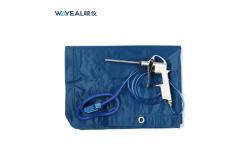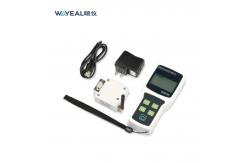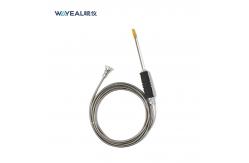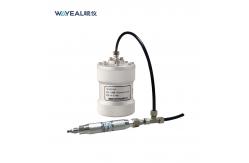Advanced Helium Leak Detector With Mass Spectrometer Detection Method
|
|
Description of Helium Leak Detector SFJ-231: The Helium Leak Detector is a highly advanced and sophisticated tool that is perfect for vaccum leak detection in industrial and scientific applications. One of the key features of this helium leak detector is its quick response time of less than 1s, which ensures that you can easily detect and measure even the smallest leaks in your system. Another important attribute of this product is its mini leak detection rate in vacuum mode, which is an impressive 5.0*10-13 Pa.m3/s. This ensures that you can easily detect even the smallest leaks in your system, making it an essential tool for use in demanding applications where precision is crucial. With its quick response time, mini leak detection rate, and user-friendly interface, this product is a must-have for professionals who require high-precision measurements and reliable performance. Features of Helium Leak Detector SFJ-231: 1. Fast filtering algorithm 2. Twol signal scanning calibration algorithm 3. Easy to operate detection software 4. Fault prompt and alarm function 5. Double iridium ion source 6. Clean air path system 7. High speed CPU+IDC 8. Wireless remote control
Technical Parameters of Helium Leak Detector SFJ-231:
Applications of Helium Leak Detector SFJ-231: The SFJ-231 helium leak detector is also perfect for use in the field of vacuum technology. It is an essential leak detection tool for vacuum systems, as it allows them to detect leaks quickly and accurately, saving time and resources. The helium leak detector is also widely used in the manufacturing industry, where it is used to test the integrity of various products such as refrigerators, air conditioners, and other appliances. The SFJ-231 helium leak detector is also an essential tool for ensuring the safety of products that use vacuum technology, such as medical devices and laboratory equipment.
Methods of Helium Leak Detection:
1. Spray Method: To detect helium coming inside the test object by spraying helium with a spray gun after evacuating the inside of the test object. Suitable for finding a small leak point, applying to finding a relatively small leak. If quantification of the total leakage of the test object is required, a hood method is more suitable. 2. Sniffer Method: To detect helium coming outside through a leak point by sniffing with a sniffer probe that is connected to LD, after pressurizing of the test object. 3. Vacuum Hood Method: To detect helium coming inside the test object after evacuating the inside of the test object, hooding the outside of the test object and filling helium gas in the hood.
|
||||||||||||||||||||||||||||||||||||||
| Product Tags: Advanced Helium Leak Detector Helium Leak Detector Mass Spectrometer Helium Leak Detector |
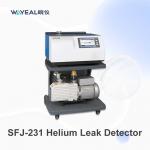
|
High Sensitivity Helium Leak Testing Equipment Vacuum Helium Leak Detector SFJ-231 |
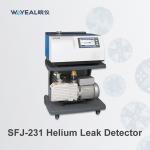
|
7inch Color Touch Screen Helium Leak Detector With Leak Detection Rate 5*10-13 Pa·m3/s |
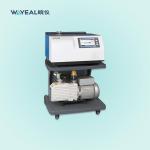
|
DN25KF Helium Mass Spectrometer Leak Detector With 1s Response Time |
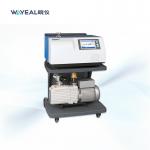
|
Advanced Helium Leak Detector With Mass Spectrometer Detection Method |
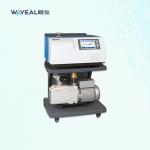
|
Vacuum Helium Leak Detector With 8 I/O Interface Response Time <1s |
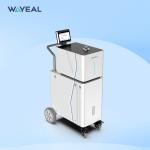
|
SFJ-16C Accurate Leak Detection Helium Leak Detector With 7inch Color Touch Screen |

